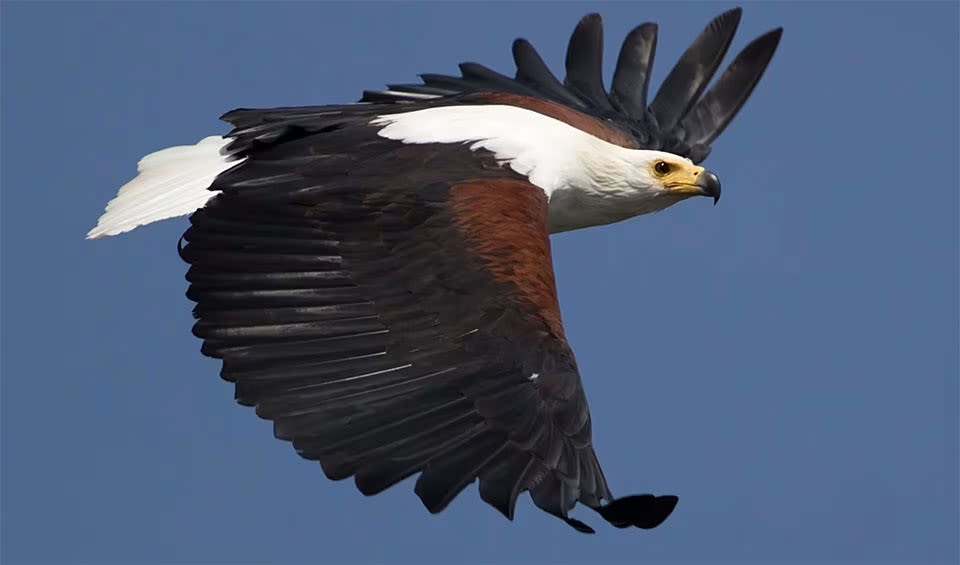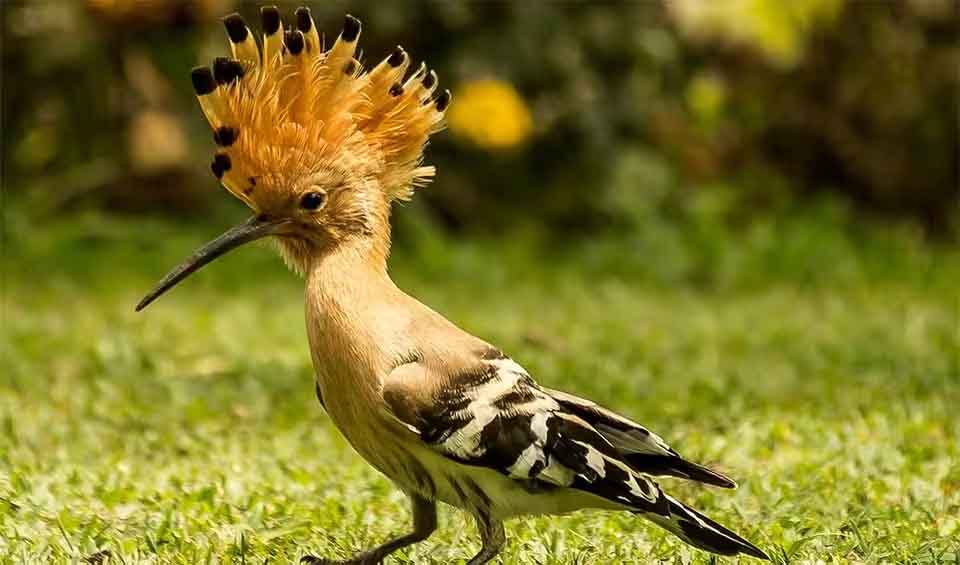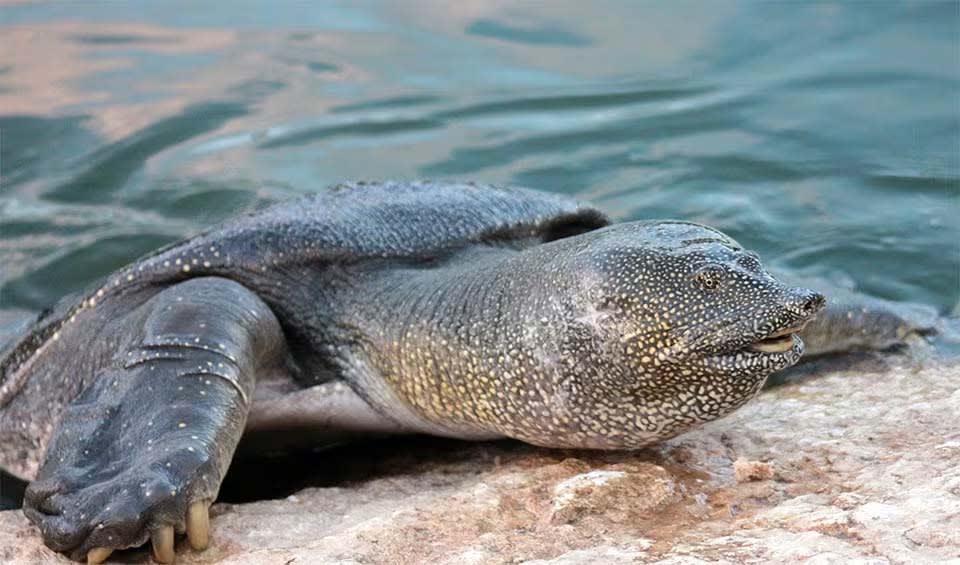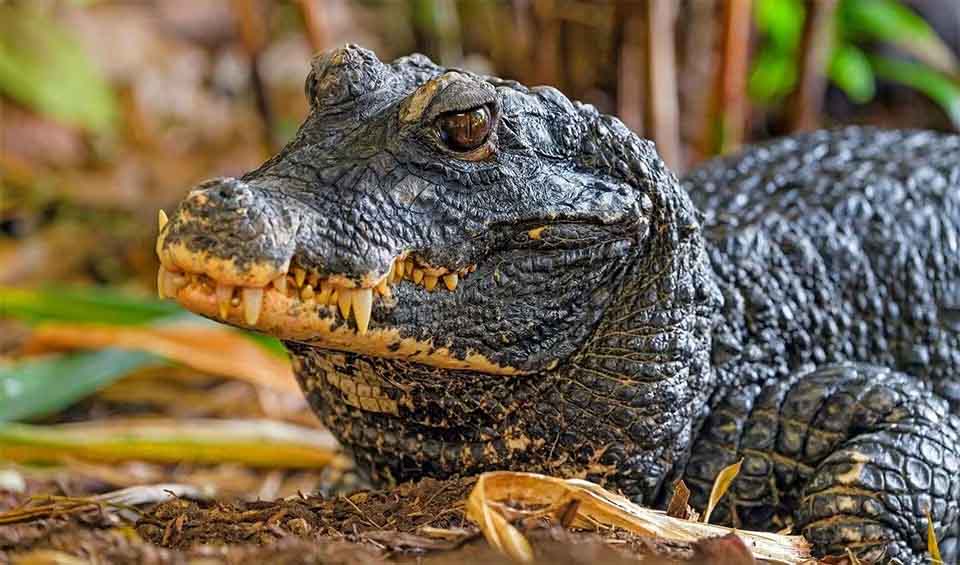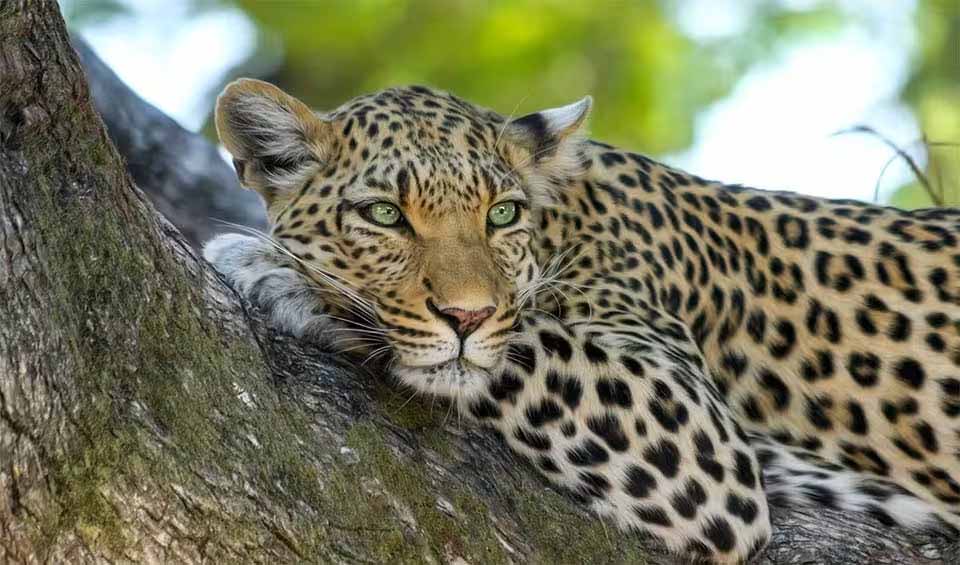Guinea-Bissau, a small country located in West Africa, is a prime example of ecological richness and biodiversity, occupying only a small fraction of the world’s total land area. The country’s diverse ecosystems range from the mangrove-lined Atlantic coastline to the savanna and forested regions inland. This variety of habitats supports a wide array of wildlife and plant species, underlining Guinea-Bissau’s status as a significant ecological hub.
The country is particularly noted for its extensive wetlands, which include the Bijagós Archipelago—a UNESCO Biosphere Reserve. These wetlands are crucial for the breeding and nesting of numerous bird species, both migratory and resident, making Guinea-Bissau an important bird area on the global map. Additionally, its coastal and marine ecosystems are rich in biodiversity, hosting various species of turtles and fish, which are vital for both local communities and the overall ecological balance.
Four pillars elaborated:
Guinea-Bissau has a diverse network of protected areas, covering about 15% of the country. These areas play a crucial role in safeguarding the country’s rich biodiversity, including Orango National Park, Urok Islands Community Marine Protected Area, Boé National Park, and Cantanhez National Park. The legal framework for these areas is established by Decree-Law No. 3/97. Land Management
Land Management
Guinea-Bissau faces significant challenges in protecting its natural resources. Protected areas are inadequately monitored, leading to illegal exploitation and poaching. Women’s involvement in managing these areas is minimal. Terrestrial ecosystems have deteriorated due to traditional agriculture, overexploitation of forests, poaching, bushfires, and mining. Laws surrounding forests and wildlife need updating and better implementation. Marine resources are under constant pressure from illegal fishing activity. Invasive species are not yet a concern, though there is a need for capacity development in biodiversity planning. Extreme poverty poses a significant threat to the sustainable use of natural resources. Threats to Biodiversity
Threats to Biodiversity
Guinea-Bissau has made strides in biodiversity conservation with the adoption of various laws and plans, including the Framework Environment Law and National Action Plans for combating desertification and climate change. The country emphasizes community involvement in managing protected areas and has established the Bioguiné Foundation to enhance sustainable financing mechanisms. Despite integration of biodiversity considerations in legislation and plans, coordination among stakeholders remains a challenge. Capacity and Governance
Capacity and Governance
Guinea-Bissau engages in regional cooperation through memberships in programs like the Subregional Fisheries Commission and West African Marine and Coastal Biodiversity Network. Efforts include extensive research on indigenous species, conservation measures for various wildlife, and robust education and awareness programs led by NGOs and schools, demonstrating a comprehensive approach to biodiversity preservation.
To conserve and sustainably manage Guinea-Bissau’s rich biodiversity, the country has developed a Strategy and National Action Plan. The plan aims to restore degraded ecosystems, establish protected areas, and promote sustainable use of natural resources. It focuses on seven key goals, including equitable access to natural resources and sustainable management of agriculture, aquaculture, and forests. Future Trends
Future Trends
Biodiversity
Guinea-Bissau’s lengthy Atlantic coastline nurtures vibrant marine ecosystems, featuring mangroves, seagrass beds, and coral reefs that provide critical habitats for an array of marine life including fish, crustaceans, and marine mammals. The country is also a haven for bird enthusiasts, as its wetlands, estuaries, and forests are crucial stopover points for migratory birds and habitats for endemic species. Notably, the Bijagós Archipelago, designated as a UNESCO Biosphere Reserve, hosts over 300 bird species and is a sanctuary for the rare saltwater crocodile and the vulnerable African manatee.Additionally, Guinea-Bissau’s diverse landscapes, including savannas, forests, and wetlands, are teeming with wildlife such as hippopotamuses, monkeys, and antelopes. The Bijagós Islands are particularly notable for their unique flora and fauna, including endemic reptiles and rare orchids.
In the table below are the number of known species in several main groups, how many of these species are Threatened with extinction, and how many of them are Endemic (unique to Guinea-Bissau only):
| Species (World rank) |
Threatened | % Threatened | Endemic | % Endemic | |
|---|---|---|---|---|---|
| Mammals | 143 (#80) | 14 | 9.8% | ||
| Birds | 453 (#76) | 15 | 3.3% | ||
| Reptiles | 65 (#111) | 8 | 12.3% | 1 | 1.5% |
| Amphibians | 21 (#96) | 14 | 66.7% | ||
| Fishes | 677 (#87) | 68 | 10.0% | ||
| Plants | 1,459 (#161) | 6 | 0.4% | 1 | 0.1% |
mammals
Green monkey
Covered in thick golden fur with a touch of green, which is how they get their common name
Giant pangolin
Covered in tough, overlapping scales made of keratin — the same material human fingernails are made from
Aardvark
Dig large subterranean burrows that other animals can hide in during fires, hence preventing wildlife deaths
birds
African fish eagle
With its striking appearance and distinctive call, it is often referred to as the “voice of Africa”
Secretarybird
A long-legged bird with a stunning black feather crest on its back head
Eurasian hoopoe
Dependable wings and a muscular build. Nope, we aren’t talking about the next Redbull ad campaign
reptiles
African softshell turtle
Instead of a bony shell, it has a flat, leathery covering that helps it glide smoothly through the water
Western green mamba
A lethal beauty of the West African forests
Dwarf crocodile
Timid nocturnal with broad snouts native to Africa, they are the smallest of all crocs
National Animals
Leopard
Disappearing graceful shadows, this tree-climber is on the way to extinction
Black crowned crane
In some regions, they are regarded as messengers of the gods or as symbols of rain and fertility



